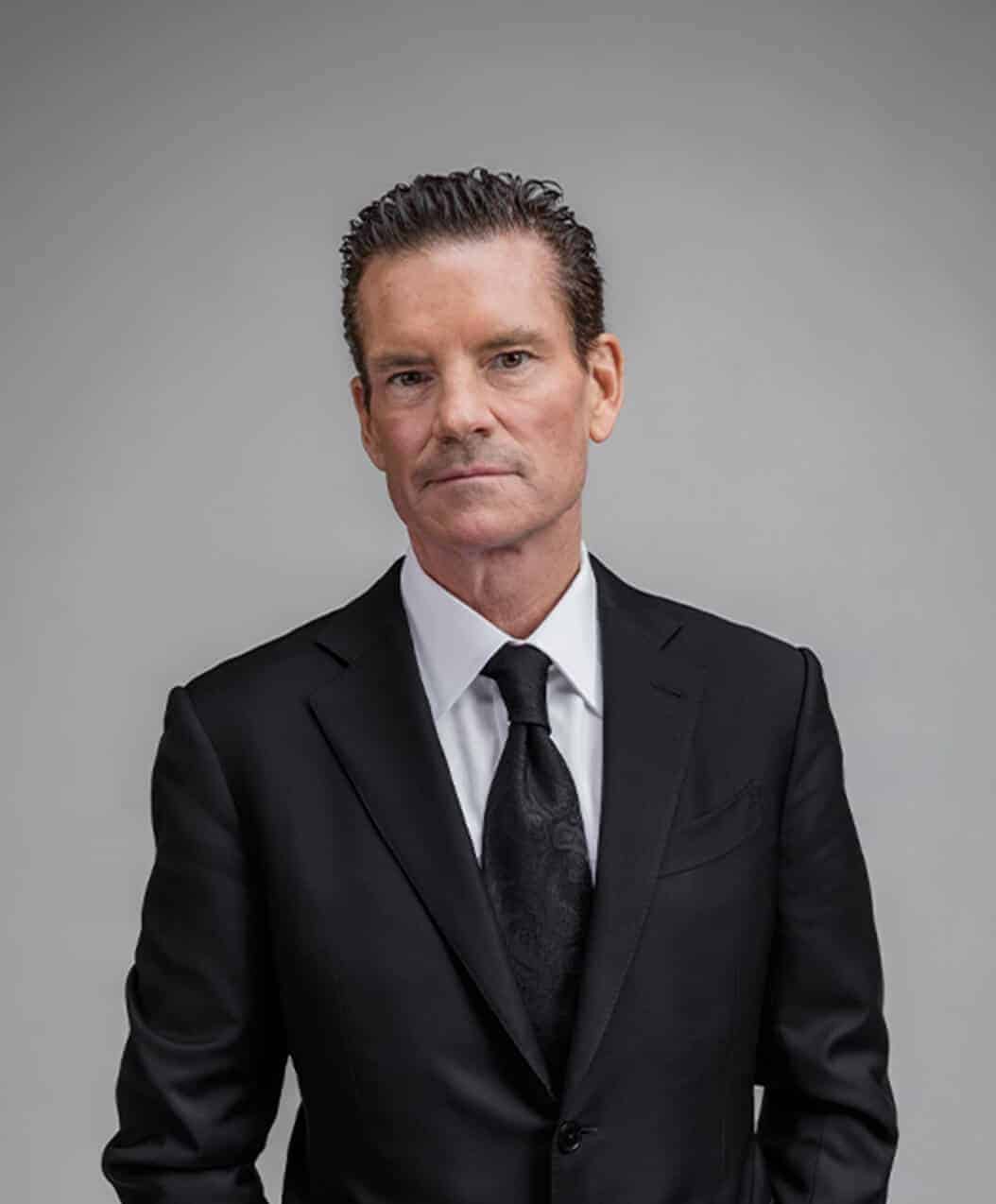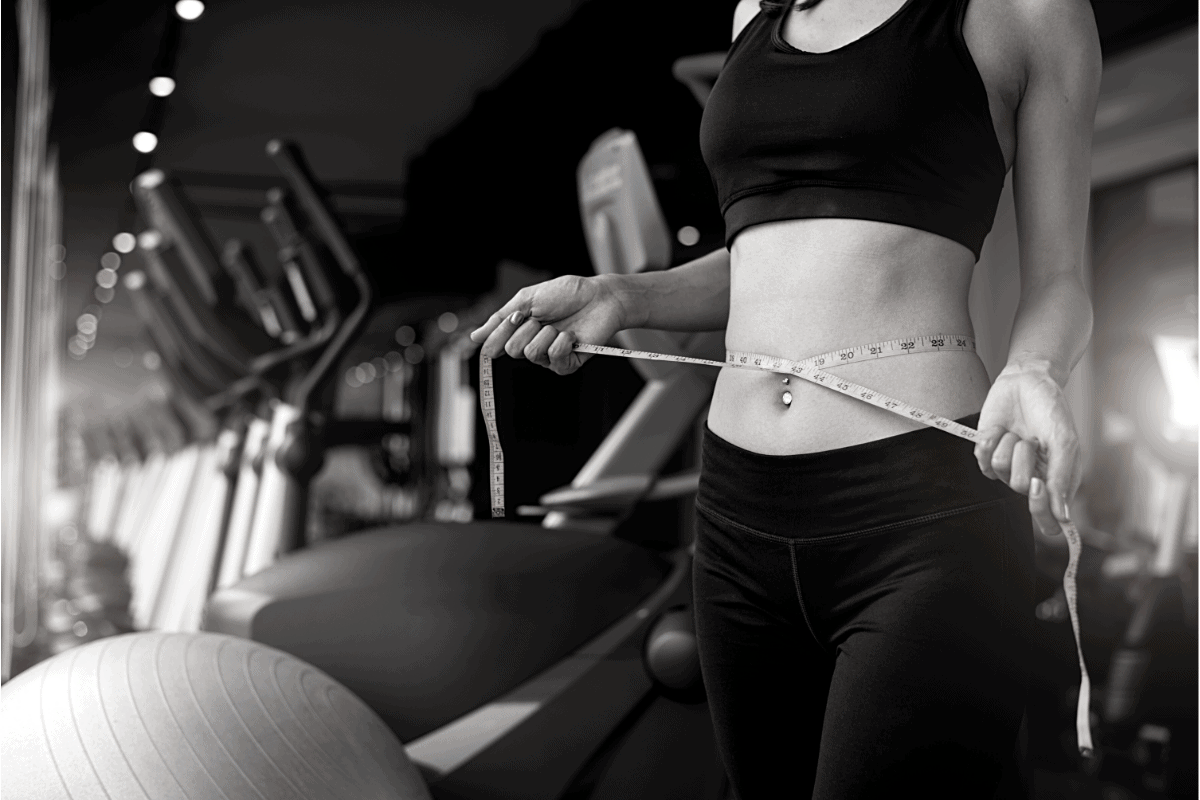January 31st, 2025
Dr. Mulholland, Md
When it comes to ageing, a lot of people will joke that it’s all downhill after you turn 20. But, research actually proves that your body will produce 1% less collagen per year after the age of 20.
Elastin and collagen are essential to your skin being able to stretch and bounce back, while maintaining a smooth and youthful look. So, basically, this means your skin will lose about 1% of its elasticity per year after the age of 20. You won’t notice in your early 20s. But once you reach your late 20s and early 30s, you will start to notice new lines on your face and ask, “Where did that come from?”
Some people are lucky. They’re genetically gifted with incredible skin that barely seems to crease as time goes on. But, those of us not named Jennifer Lopez or Paul Rudd definitely see the signs of ageing show up in the mirror and have to fight to keep looking young.
Today, we thought it would be helpful to discuss some of the various ways that age may manifest itself in your appearance, while also exploring some of the services that our Toronto plastic surgery clinic offers that may be able to help.
Wrinkles
This is the most common and most-hated form of ageing. Wrinkles occur because of the body’s tendency to produce less collagen and elastin. Your skin is no longer able to stand up to daily wear and tear like it used to. Now, every single laugh, frown, wince, or sneeze seems to contribute to the formation of new lines and wrinkles.
The body’s natural ageing process is responsible for this, but your skin can also be prematurely weakened and aged by things like:
- Years of sun exposure
- Smoking or alcohol use
- Dehydration
- Environmental factors, such as pollution
- Certain medications
- Genes or genetic factors
How to Fight Wrinkles
There are certain procedures that can address wrinkles in specific parts of your face (i.e. cheeks, forehead, eyes) and we will explore them in greater detail in the next few sections. However, the facelift remains one of the most effective and popular ways to restore a youthful glow to the entire face by tightening the skin and removing wrinkles.
This procedure is also called the rhytidectomy and it was among the most popular plastic surgeries in North America in 2019, with over 125,000 procedures performed.
Our clinic actually offers 3 different types, and your facelift surgeon can help you decide which one is right for you.
Full Facelift
This targets the full face and can help you treat wrinkles of all sorts, as well as things like jowls. We offer both women’s and men’s facelift procedures to ensure everyone gets the chance to look and feel their best.
The two most popular types on the market are traditional deep plane facelifts, or SMAS facelifts. A SMAS procedure targets a sheet of tissue under your cheek known as the Superficial Muscular Aponeurotic System. Once our surgeons have lifted it, they can tighten your skin and restore a youthful complexion, without a stretched or unnatural look.
Mid Facelift
This procedure would target the cheeks more than a traditional full facelift. If you’re seeing most of your sagging and wrinkling in the cheek area, this is likely the way to go. You may have also heard this called a cheek lift procedure.
Your surgeon will target the cheeks and mid-face area, smoothing out uneven skin and possibly adding more volume to give you a more rested and youthful look.
Mini Facelift
This is a very popular procedure with people in their 30s and 40s. They’re concerned with the look of their cheeks and jowls, but they’re not quite ready for a full-blown facelift.
It’s a great way to stay ahead of the game and address the early signs of ageing before more involved steps need to be taken.
This procedure only uses a single short scar, and your surgeon may recommend combining a mini facelift with facial fat grafting, or a liposuction procedure, to help you look your absolute best.
Regardless of which procedure you choose, it’s important to make sure you work with a skilled and experienced surgeon. The cost of a facelift in Canada can vary based on the level of experience and reputation your surgeon brings to the table. And this is not an area where you want to try to save money.
The facelift is one of the slowest and most demanding types of plastic surgery. A skilled hand is required because the facial nerve is exposed. There is a high level of artistry involved to ensure that the patient gets the most natural-looking results.
Our team’s Toronto Plastic Surgeons has over 20 years of experience, and he is one of Canada’s foremost anti-ageing experts. He offers our patients industry-leading technology and industry-influencing techniques.
Double Chin and Turkey Neck
In a lot of cases, the unwelcome signs of ageing can show up just below the face in the neck and chin areas. This could take the form of either the dreaded double chin or the bothersome turkey neck.
The turkey neck happens as our neck muscles soften with age, while our skin also loses its elasticity and youthful tautness. The end result is loose and sagging skin under the chin that adds years to your appearance.
On the other hand, a double chin is submental fat, which can result in weight gain and your metabolism slowing as you age. Some people are also simply more genetically likely to struggle with extra facial fat and skin than others.
You may have seen some exercises on the internet that claim they can help you fight these conditions. However, there is absolutely no evidence that these exercises have any impact what-so-ever. But neck lift procedures have been proven to be very effective.
How to Fight Double Chin and Turkey Neck
Diets and targeted facial exercises may not give you the results you’re hoping for, so your best bet could be to get a neck lift to restore a taut and youthful jawline.
You may have also heard this procedure called the chin lift. It’s immensely popular, with well over 54,000 chin/neck lifts performed in North America in 2019. That was a 2% increase from 2018.
Your surgeon will begin with the administration of local or general anesthesia to ensure the entire procedure is completely painless. Next, he will make a small incision under the chin. From there, he will expertly remove fat and loose skin, while tightening the muscles in the chin and neck areas.
Facial Volume Loss
At the other end of the spectrum, you may also be experiencing a loss of volume in your face, as opposed to too much volume under the chin. Losing facial volume can also prematurely age your appearance.
When your face is young (circa your early 20s), your facial fat is distributed evenly. This gives you a nice and healthy symmetric volume in your forehead, cheeks, and around your eyes. However, as you age, that fat may clump up and shift down.
This leaves you with less volume in the areas of your face that make you look well-rested and vibrant. You’re now seeing an unevenness that can cast unflattering shadows and add years to your overall appearance.
How to Fight Facial Volume Loss
In a perfect world, we would be able to tell every calorie that we eat where we want our body’s fat to be distributed. We can’t do that, but we can add more volume to specific areas of the face through advanced facial fat grafting procedures.
On a very simple level, fat grafting is taking fat cells from one area of your body and repurposing them in another.
First, your surgeon will extract the donated fat cells from an area of excess. Next, he will remove the unwanted blood serum and local anesthesia in the fat through centrifugation to prepare it for transplantation.
Finally, the fat cells will be injected into strategically chosen areas to help you restore lost volume and even out your facial features. This helps you diminish the appearance of wrinkles, as well as hollows around your cheeks, eyes, and lips. It can also add more of a contour to your jawline.
Thinning Hair and a Receding Hairline
Contrary to what you may think, this issue is very prevalent in both men and women! Roughly 35 million men, and about 21 million women, are dealing with some form of hair loss right now.
Men are more likely to suffer from it, which is why men underwent about 70% of all hair transplant surgeries in 2019. But the number of female hair transplant patients jumped by 30% between 2018 and 2019, while the numbers have skyrocketed by 80% since the year 2000.
Meanwhile, less than 50% of all women will go through their full life with a full head of hair. And 40% of women have visible hair loss by the time they reach the age of 40.
There are a number of reasons we lose our hair as we age. Basically, your hair strands will shrink and contain less pigment as you age. At the same time, several hair follicles will simply cease to produce new hairs. Your thick and vibrantly-coloured hair grows thinner and increasingly whiter as you age.
How to Fight Thinning Hair and a Receding Hairline
There is an entire aisle of the drug store dedicated to hair loss. But do any of these things really work? Not really, no. Rogaine is one of the more effective treatments, but it only works on the top of your head and crown area. Also, the results will fade over time, or when you stop using it.
If you’re looking for long-lasting (or permanent) results, your best option is most likely a Follicular Unit Extraction (FUE) hair transplant. This procedure basically takes healthy hair follicles from plentiful areas (typically the back of your head) and transplants them strategically throughout the areas where you’re looking to add more volume.
This is done through robotic (Artas) and Automated (NeoGraft) micro-rotatory punches to harvest hair follicles, and then implant them onto the designated areas. This effective and modern solution results in a noticeable improvement in volume, without the scarring or pain that you may get from older strip graft procedures.
Sagging Breasts
Yes, we know this article was supposed to focus on facial ageing. However, we help women with sagging breasts every day, so we decided to include it on this list.
There are dozens of things that can contribute to a woman’s breasts starting to sag, which is why it’s essentially seen as an inevitable part of the ageing process.
Basically, you have ligaments in your breasts called Cooper’s ligaments. They support your breasts and keep them sitting high when you’re young. However, as you age, these ligaments stretch while your skin loses elasticity. This process can be sped up by any number of factors, such as pregnancy, BMI, genetics, weight loss/weight gain, or smoking.
How to Fight Sagging Breasts
The breast lift procedure is the most common and effective way to restore a perky and youthful body contour.
Our Dr. Peter Bray is one of Canada’s most in-demand experts for mastopexy procedures. His skill and expertise have led to countless satisfied patients and some truly remarkable breast lift before and after pictures.
Are You Ready to Start Looking Younger?
Why not set up a one-on-one video consultation with one of our anti-ageing experts? We don’t believe in cookie-cutter or one-size-fits-all solutions. We prefer to work closely with you to create a plan that will lead to the best possible outcomes.
What can we do for you? Reach out today to find out how many years we can shave off of your appearance. You can fight back in the battle against ageing.



